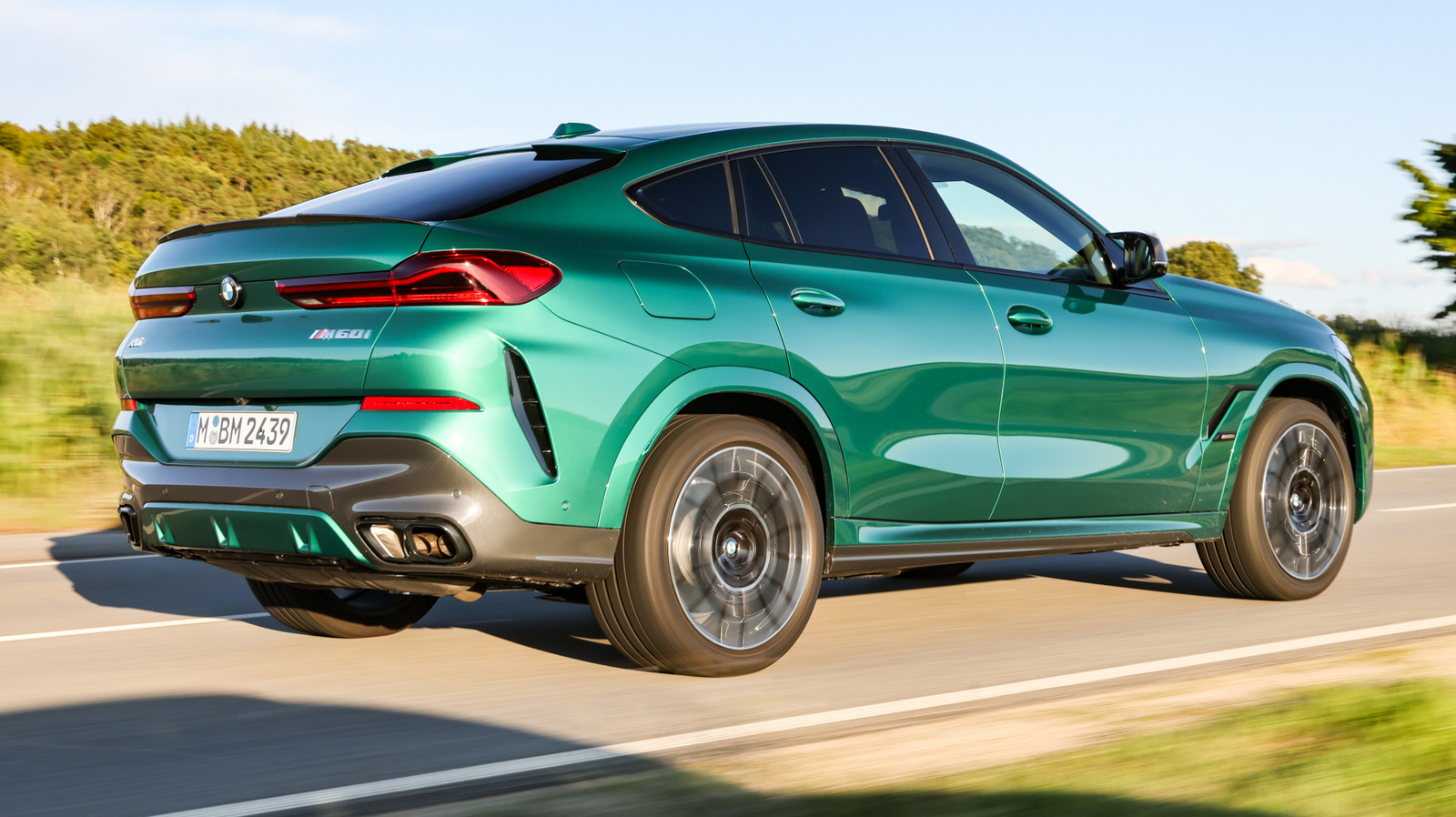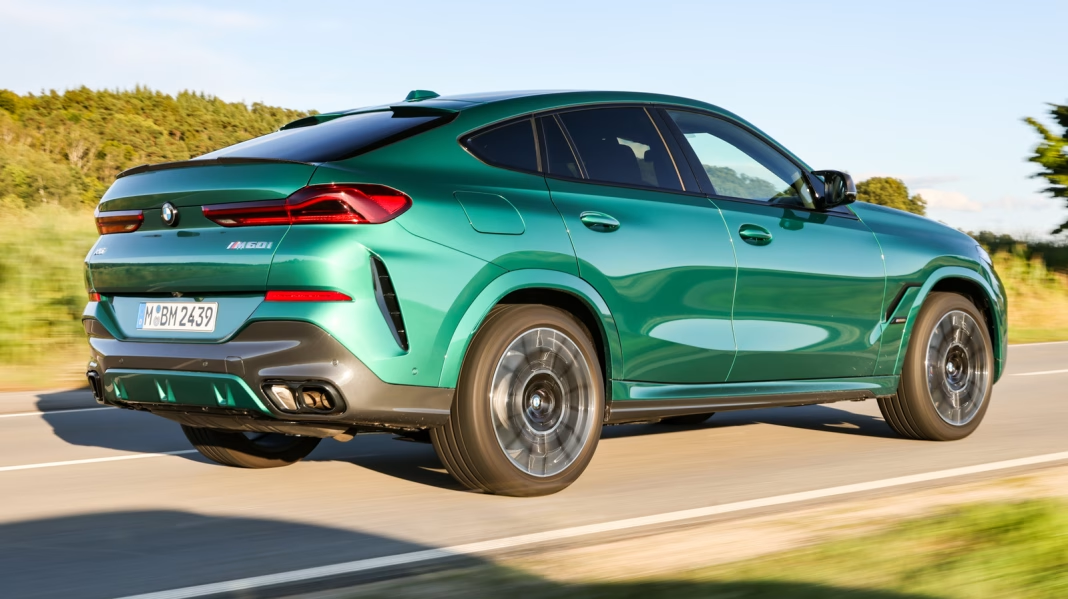Through the years, the automotive world has seen its fair share of hits and misses. Some cars age like fine wine, while others, well, let’s just say they might be better off forgotten. It’s fascinating to think about which current models might not stand the test of time. So, what do car enthusiasts think will age the worst? Let’s dive into some predictions and insights.
What Makes a Car Age Poorly?
Before we jump into specific models, it’s worth considering what factors contribute to a car’s aging process. Design is a biggie. A vehicle that looks trendy today might feel outdated in just a few years. Then there’s technology. Cars packed with cutting-edge features can quickly become obsolete as newer tech rolls out. Reliability also plays a crucial role; if a car is known for frequent issues, it’s likely to be remembered less fondly as time goes on.
Which Cars Are Predicted to Age Badly?
Several current models have raised eyebrows among enthusiasts who believe they might not hold up well over time. Here are a few that have sparked conversation:
1. **Electric Vehicles with Limited Range**: As battery technology continues to improve, cars with limited range may quickly become relics. Models that can’t keep up with the evolving standards of EV performance might find themselves sidelined sooner rather than later.
2. **Overly Complex Designs**: Cars that prioritize style over functionality often face the risk of aging poorly. If a vehicle’s design is too avant-garde, it might not resonate with buyers in the future. Think of those flashy concept cars that never quite made it to production—sometimes, less is more.
3. **Models with Questionable Reliability**: Some brands have a reputation for building cars that don’t stand the test of time. If a current model is already showing signs of reliability issues, it’s likely to be remembered for all the wrong reasons down the line.
4. **Trendy Features That Don’t Stick**: Features like touchscreens and voice commands can feel revolutionary today, but if they don’t work seamlessly, they can quickly become a nuisance. Cars that rely heavily on gimmicky tech might find themselves outdated as consumers gravitate toward more user-friendly options.
Real-World Examples
Take, for instance, the rise and fall of certain luxury sedans. A few years back, some high-end models boasted flashy tech and bold designs. Fast forward to today, and many of those same cars are seen as clunky and outdated. The shift in consumer preferences towards more practical, reliable vehicles has left some luxury brands scrambling to catch up.
Another example is the trend of SUVs that prioritize style over substance. While they may look great on the showroom floor, if they don’t deliver on performance or comfort, they’re likely to lose their appeal. As consumers become more discerning, vehicles that don’t meet expectations will likely fade into the background.
What Can We Learn from This?
The big takeaway? Predicting which cars will age poorly isn’t just about spotting trends; it’s about understanding consumer behavior and technological advancements. As we move forward, it’s essential to consider not just how a car looks today, but how it will fit into the evolving landscape of the automotive world.
So, if you’re in the market for a new ride, think about longevity. Look for models that blend timeless design with reliability and practicality. Start with one change this week, and you’ll likely spot the difference by month’s end. The future of driving is exciting, but it’s also a reminder that not every car will make it through the test of time unscathed.


